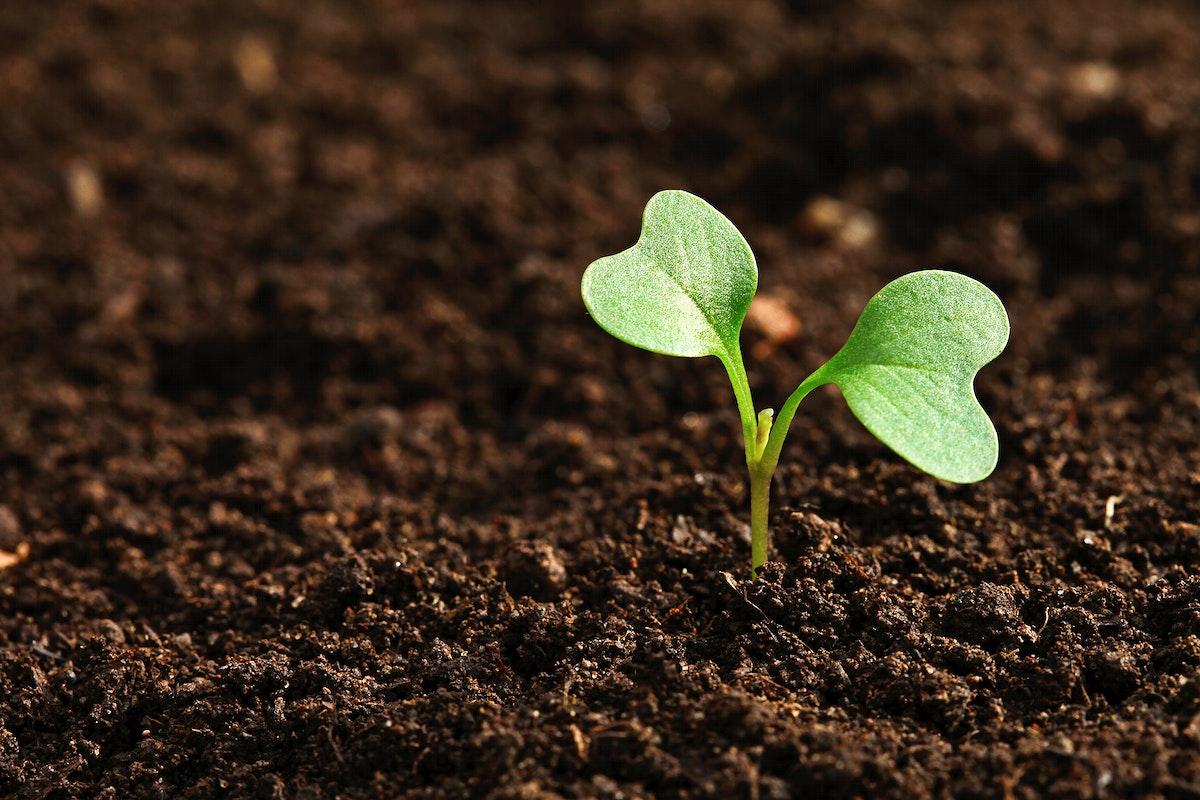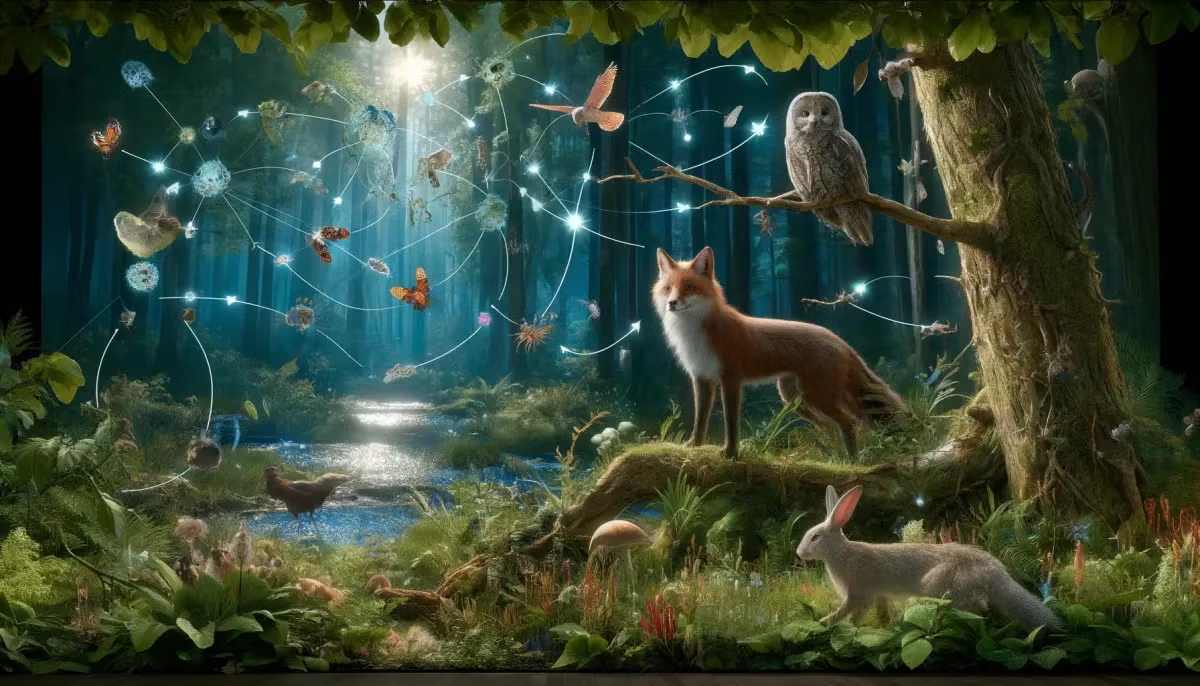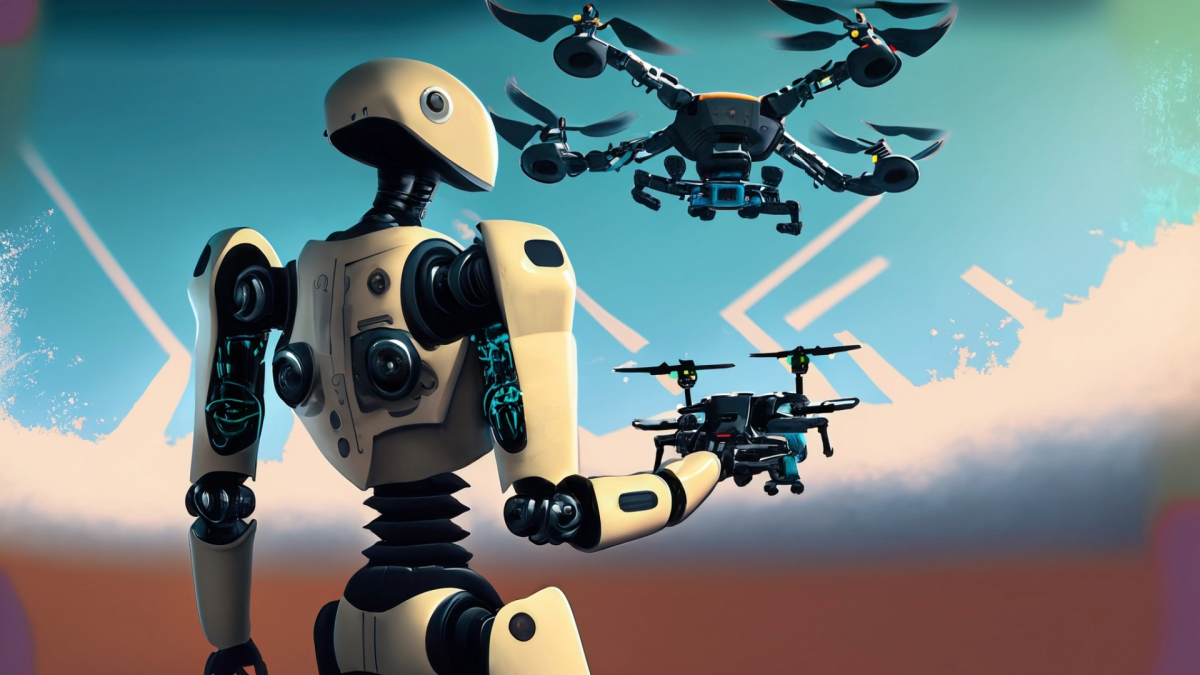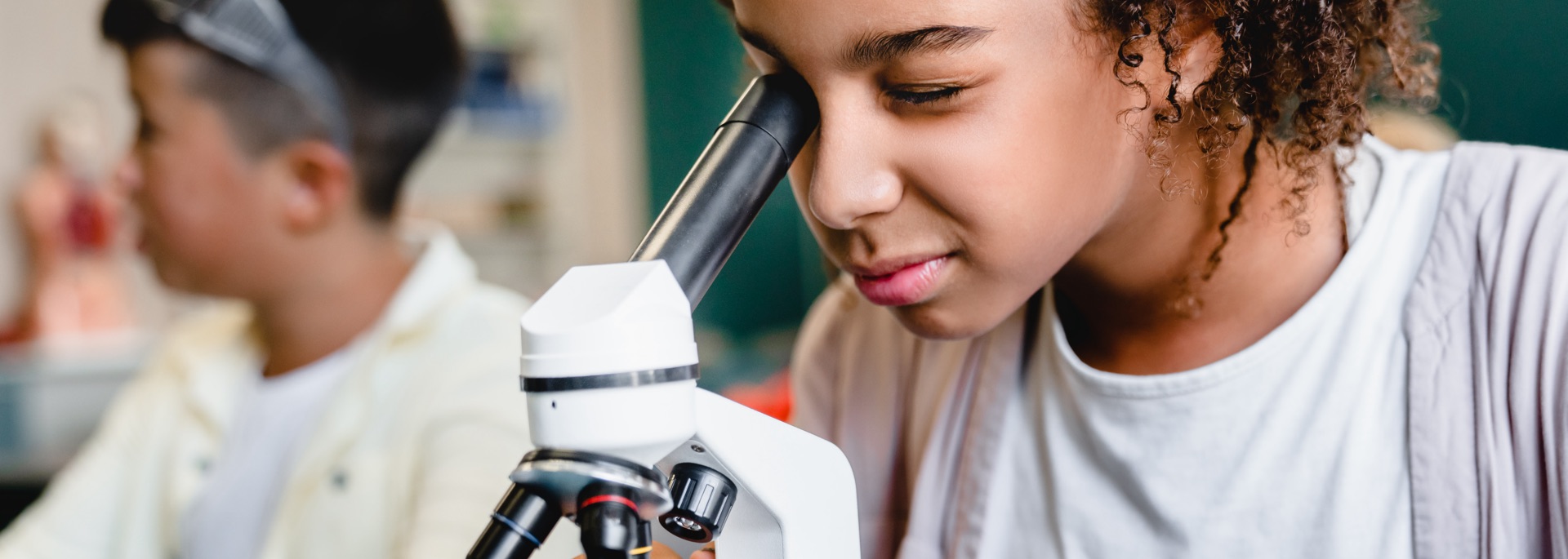Grades:
6th Grade, 7th Grade, 8th Grade
Summary: Students are coding and observing robots to try and determine all forces acting on the robot. Materials; Robots that can be coded to move in different ways. Laptops to code. Agenda The
Grades:
3rd Grade, 4th Grade, 5th Grade, 6th Grade, 7th Grade, 8th Grade, 9th Grade, 10th Grade, 11th Grade, 12th Grade
In this engaging lesson, students explore how size, strength, weight and time constraints can impact space transportation. There are a variety of resources included with this lesson.
Grades:
5th Grade
Students will germinate seeds and record any observations during the process.
Grades:
3rd Grade, 4th Grade, 5th Grade, 6th Grade
Over two days students will build lego mazes to code their Sphero minis through. Materials needed are; the planning page, legos, Sphero minis, Sphero EDU App, iPads, and Lego build plates.
Grades:
7th Grade, 8th Grade
This lesson introduces the first law of motion to students through inquiry and total physical response. Materials needed are Short videos of first-law examples, with no labels or explanations
Grades:
5th Grade
This is the second lesson in the series of lessons comparing how garden growing techniques determine plant growth/production. In this lesson, students will research the best types of plants to grow
Grades:
7th Grade
In this 1st lesson in a series of 2, students will analyze features of water cups for how effective they are at keeping our water cold while we are at school. Students will then use this knowledge to
Featured
Mosquito Management
Grades:
3rd Grade, 4th Grade, 5th Grade
This lesson takes place in as classroom for one or more 60 minute class periods. The data collection portion may continue for 2+ weeks (or whatever time frame you decide). An emphasis is placed on the
Grades:
6th Grade, 7th Grade, 8th Grade
This lesson plan will introduce students to the basics of 3D modeling and design using Tinkercad and allow them to apply their skills to create a model car. It will also help them develop their
Grades:
5th Grade
Who said candy?! In this hands-on lesson, students create rock candy using hot water and Kool-Aid flavoring. They will mix materials together and observe their creation.
Grades:
6th Grade, 7th Grade, 8th Grade
Students will learn about the food chain, and the American Kestrel's place in it. Students will be able to classify organisms, construct a model of the North American Kestrel’s role in the food web
Grades:
3rd Grade, 4th Grade, 5th Grade, 6th Grade, 7th Grade, 8th Grade, 9th Grade, 10th Grade, 11th Grade, 12th Grade
In this hands-on lesson, students apply their understanding of the engineering design process to build a tower made of index cards that can hold an object. There is a link to a prerequisite lesson
Grades:
3rd Grade, 4th Grade, 5th Grade
In this engaging lesson, students measure throw-ins and convert their data to meters by dividing by 100. They will evaluate measurement systems and decide the best measurement size. You will need
Grades:
4th Grade, 5th Grade, 6th Grade
Summary- Students will redesign their egg protector for trial 2, record their observations, and respond to overall reflection questions for the project. Materials- Science Notebook Pencil/Pen
Grades:
5th Grade, 6th Grade, 7th Grade, 8th Grade, 9th Grade, 10th Grade, 11th Grade, 12th Grade
Let's Fly is a great lesson for those teaching forces and motion. Find some balsa wood flyers through a STEAM source (ideas included), take your students outside to play and let them observe. Then
Grades:
4th Grade, 5th Grade, 6th Grade, 7th Grade, 8th Grade
Classes will prepare several garden bins for planting. By using a tape measure, students take into consideration the recommended distances of seed planting described on the seed packet and the
Grades:
6th Grade, 7th Grade, 8th Grade
Students will learn how to construct a moving car robot and program the robot using block-based coding. They will be successful when they have coded the car robot through a maze, they created, without
Grades:
5th Grade
Summary: Today we will observe and test five known mystery powders, identify examples of physical and chemical reactions to determine who committed the crime. Materials: 6 teaspoons or small spoons
Grades:
6th Grade, 7th Grade, 8th Grade
Model Building For Disaster is a 4-6 week unit in which students research natural disasters around the world and their effect on developing countries. Following their research, student teams design
Grades:
5th Grade
This hands-on lesson will help students to understand the connection between Earth's orbit around the sun and how it relates to the time of day. Students create a sundial and will trace the shadow
Grades:
4th Grade, 5th Grade, 6th Grade
List of Materials- Science Notebook, Pencil/Pen, Reflection Questions Summary- Students are reflection and revising their egg drop protectors from the previous lesson. Agenda- Reflect on the first egg
Grades:
6th Grade, 7th Grade, 8th Grade, 9th Grade
Students will create Rube Goldberg machines from simple machines in this engaging lesson. The teacher can determine materials such as wooden planks, paper towel rolls, bottle caps, marbles, cardboard
Grades:
6th Grade, 7th Grade
Students explore the relationship between the speed(rate of travel) of an object, the distance it travels, and the amount of time it travels for. Teachers may use: A- Air rockets(from a previous
Grades:
5th Grade, 6th Grade, 7th Grade
Students will learn about the physics of motion and force and use those to create a mini-golf course hole that has obstacles and an environmental awareness theme.
Featured Lesson Plans
Check out these notable lesson plans.

Featured
Best Class Plant
Grades:
1st Grade, 2nd Grade, 3rd Grade
This lesson is centered around the book, The World's Best Class Plant. It is intended for 1st-3rd grade. Ideally, teachers would use this lesson at the beginning of the year so they can have their

Featured
Magic Magnets: Flying Butterfly
Grades:
3rd Grade
Students will have the opportunity to explore the magnetic field in small groups or independently. Students will explore the forces by demonstrating how a paper clip can float in the air using a

Featured
STEM Tank! Part 2
Grades:
3rd Grade
Students will go through the engineering design process to come up with a product that will solve a real life problem. By the end of the unit, students will design their product, make their product
